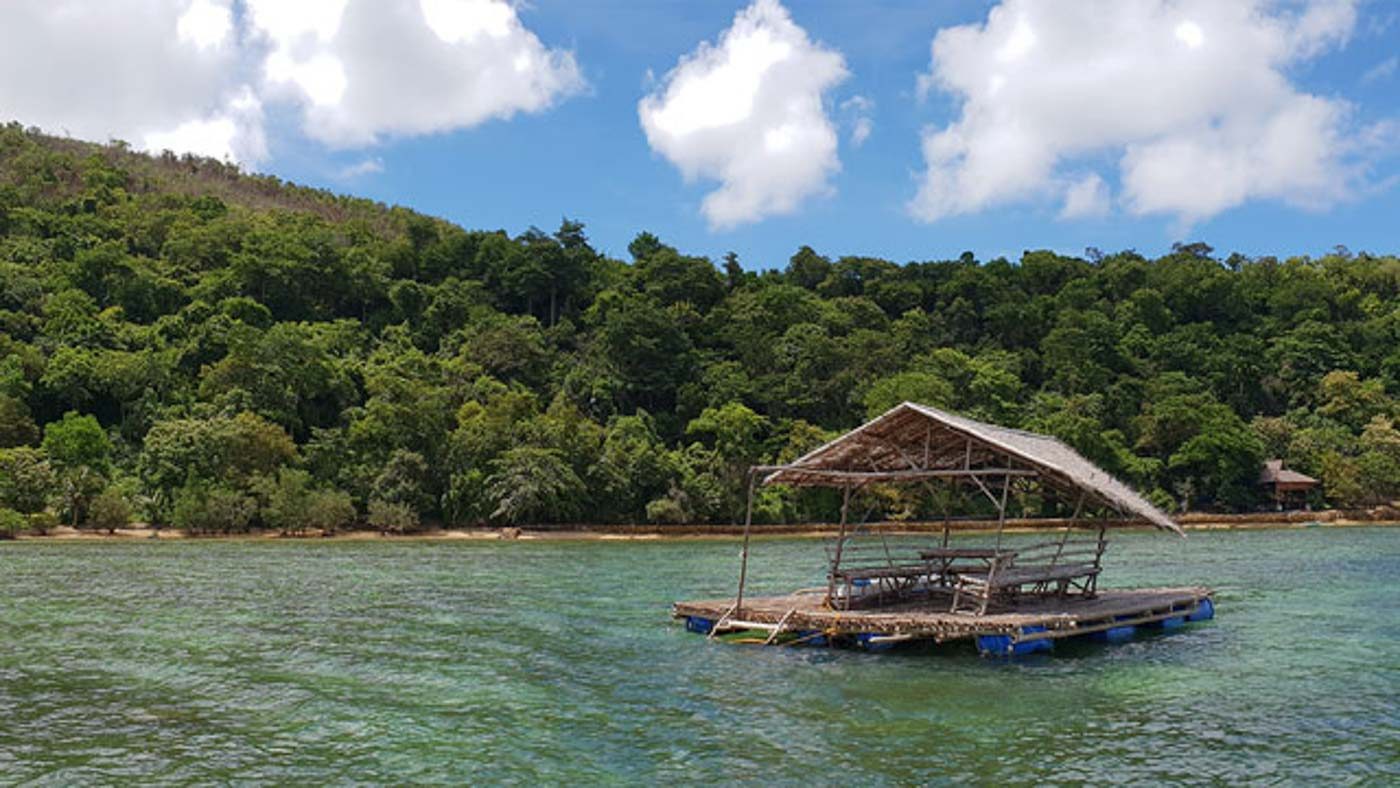SUMMARY
This is AI generated summarization, which may have errors. For context, always refer to the full article.

BAGUIO, Philippines – Culion has been the country’s bogeyman since 1907 when it became the last refuge of leprosy patients in the Philippines; its mere mention would scatter people or make them cower even if leprosy was already banished in the island in 2006.
“When we are asked where we come from, we say we come from Coron. We say ‘Culion’ in the jeep and they go [to] the opposite seat of the jeep,” said Culion municipal administrator Maxim Raymundo.
The new movie Culion may help stop the stigma but there is something that Culion has been excelling in healthwise.
Palawan has one of the highest teenage pregnancy rates among the provinces. There are about 12,000 girls 15 to 19 years old who get pregnant every year in Palawan.
Eleven Palawan towns, including Puerto Princesa, are among the top 30 towns in Mimaropa with the highest teenage pregnancy rates.
“We are surprised that they have a very low teenage pregnancy rate in Culion considering they are composed of islands which make it hard to monitor,” said Chi Vallido, the campaigns officer of the Forum for Family Planning and Development.
The Forum had been using Culion as a model for family planning and teenage pregnancy prevention for GIDA or geographically isolated and disadvantaged areas.
Last year, Raymundo said that they monitored only 13 cases of teenage pregnancy in Culion in 2017.
Raymundo said that the low teenage pregnancy rate can be attributed to their hands-on approach to education and health.
Culion is composed of 41 islands from the Calamian Group of Islands enveloped by 14 barangays. The Twin Lagoon and Kayangan Lake, which are part of the Coron tour, are actually in Culion.
There are about 28,000 residents in Culion spread over 51,000 hectares, making it one of the least densely populated areas in the country.
As part of Culion Mayor Virginia de Vera’s I Heal vision is the 100% completion rate of the 3 elementary and 4 high schools in Culion. Two of the schools now have a 100% completion rate while 3 are in the top 90%. Two remain at above 60%.
Raymundo said that the city has been building satellite schools to reach out to the far-flung areas.
They also dispatched barangay health workers to go with mobile teachers during their visits to the sitios.
This way, Raymundo said, they are able not only to educate the children but also to monitor the health situation in Culion.
The Culion Sanitarium and General Hospital, the only Department of Health-retained secondary level general hospital operating in the Calamian Group of Islands, also established in 2016 its sea ambulance program to reach patients in Culion, Coron, Busuanga, and Linapacan faster, especially patients in emergency situations.
In 2002, the PATH Foundation Philippines, Incorporated, a private charitable organization, also introduced the Integrated Population and Coastal Resource Management (IPOPCORM) initiative in coastal villages in Culion.
PATH Foundation Philippines is concerned about the environment of Culion, which is listed as one of the 14 biodiversity hotspots in the country.
IPOPCORM coordinated with the local government, local non-governmental organizations, community organizations (fishers, women, and youth groups), and local businesses by implementing and managing family planning activities simultaneously with coastal conservation and alternative livelihood strategies.
The distribution and social marketing of contraceptives are coupled with coastal management activities, including the establishment of marine protected areas, community-based management planning, community surveillance efforts, and mangrove reforestation.
IPOPCORM also advocated for strengthened enforcement of existing laws prohibiting destructive fishing methods.
Not only did the coral areas grew back from 25% to 32%, but the acceptance of modern contraceptives among couples and the youth had also increased.
The Commission on Population through its National Program on Population and Family Planning, which seeks to increase the contraceptive prevalence rate to 65% nationally by 2022, has also become active in Culion. It started providing family planning workshops to women and the youth last July. – Rappler.com
Add a comment
How does this make you feel?
There are no comments yet. Add your comment to start the conversation.